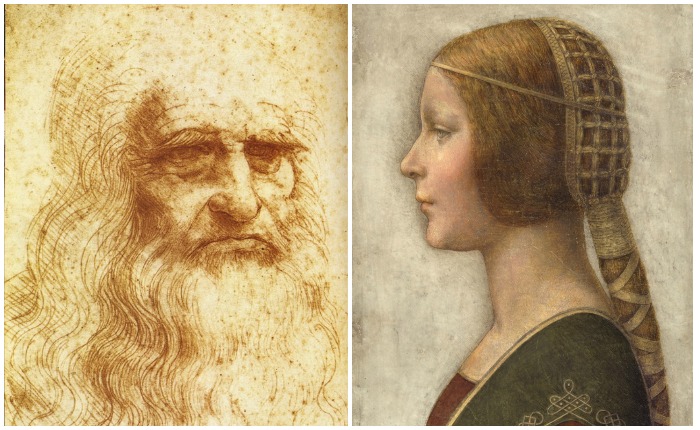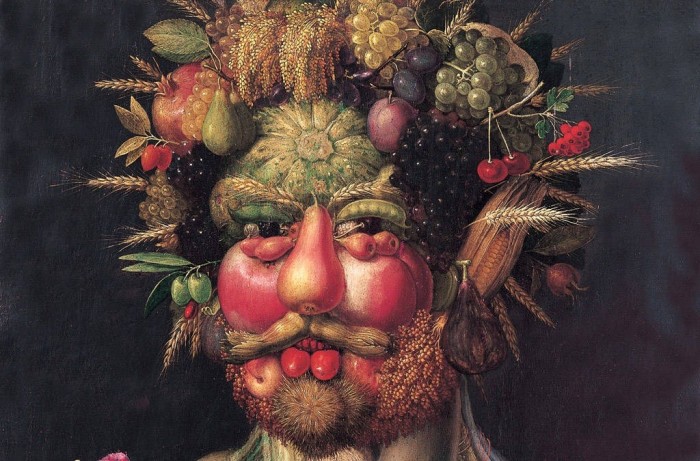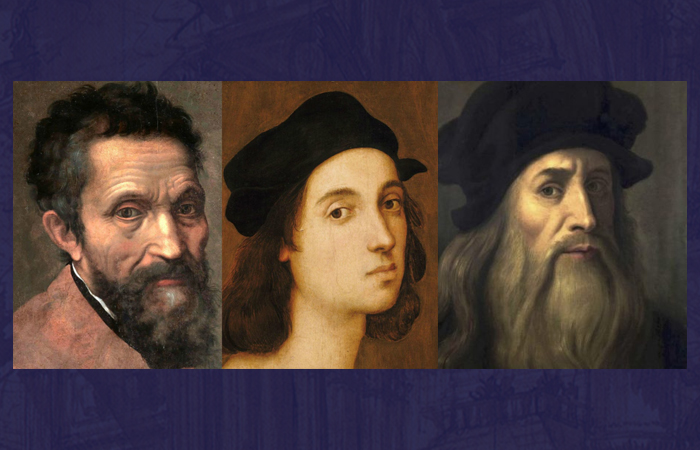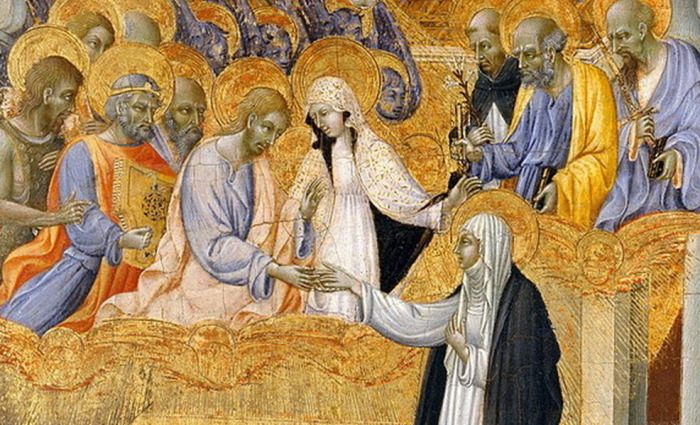considered
The world of childhood of the XIX century in the paintings of Gaetano Cierizi
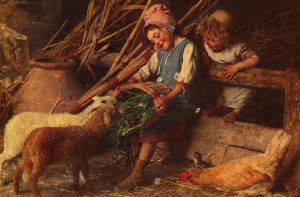 Many viewers are interested in everyday painting of old masters of the past centuries, who knew how not only to reliably capture the life of their people in the smallest details, but also to stop moments in the freeze frame mode. With special trepidation, some painters approached the theme of children, touchingly portraying sincere and immediate children in genre scenes. Among them is the famous Italian Gaetano Cierizi, who occupies a special place in the history of 19th century art.
Many viewers are interested in everyday painting of old masters of the past centuries, who knew how not only to reliably capture the life of their people in the smallest details, but also to stop moments in the freeze frame mode. With special trepidation, some painters approached the theme of children, touchingly portraying sincere and immediate children in genre scenes. Among them is the famous Italian Gaetano Cierizi, who occupies a special place in the history of 19th century art.
Gaetano Chierici (Gaetano Chierici) – an outstanding Italian painter, one of those artists who managed to perfectly depict the life of the common people of Italy. Transferring the life of ordinary workers and their children in all its colors and shades to his canvases, the artist left a magnificent gallery of paintings, which is the clearest evidence of that distant time. Continue reading
“Love Letter” by Jan Vermeer: Why the lute is central to the picture
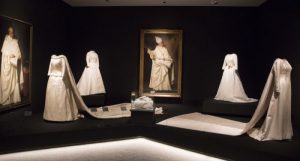 Cristobal Balenciaga once said that “a good fashion designer should be an architect for patterns, a sculptor for form, an artist for design, a musician for harmony, and a philosopher for fit.” And it is not surprising that in the 20th century he ruled high fashion with innovative clothing inspired by unusually traditional Spanish sources. The Basque fashion designer took replicas from regional clothing, folk costumes, bullfights, flamenco dances, Catholicism and, of course, from the history of painting. And in the end, he created what conquered the world for centuries.
Cristobal Balenciaga once said that “a good fashion designer should be an architect for patterns, a sculptor for form, an artist for design, a musician for harmony, and a philosopher for fit.” And it is not surprising that in the 20th century he ruled high fashion with innovative clothing inspired by unusually traditional Spanish sources. The Basque fashion designer took replicas from regional clothing, folk costumes, bullfights, flamenco dances, Catholicism and, of course, from the history of painting. And in the end, he created what conquered the world for centuries.
The Balenciaga collection is full of stocky silhouettes, stooped shoulders and neat trouser lines. But the fashion house today, under the leadership of Demna Gvasalia, represents a completely different aesthetic than what Cristobal himself did during his lifetime. “They cannot be compared,” explains Eloy Martinez de la Pera, curator of the new Balenciaga and Spanish Painting exhibition in Madrid, which combines ninety works of the Balenciaga couture with 56 masterpieces of Spanish painting that inspired the designer. “Balenciaga’s story ended when he stopped making clothes. His story was extremely personal, but today Balenciaga has a completely different story, and it is also worth telling. ” And in order to truly recognize Cristobal himself, it is important to know the key elements of Spanish art that shaped his aesthetic vision. Continue reading
Secrets of the painting “A Lady with a Parrot by the Window”: How the Smile of a Heroine and a Bird are Connected
 Caspar Netscher is a Dutch artist of German descent, an outstanding portrait painter, and also a master of depicting everyday scenes of the Dutch elite. He also developed a technique that allowed him to imitate a wide range of textures: be it linen, satin or coarse fibers of an oriental carpet. Caspar Netscher is part of a triad of prominent Dutch Golden Age masters along with Rembrandt and Vermeer.
Caspar Netscher is a Dutch artist of German descent, an outstanding portrait painter, and also a master of depicting everyday scenes of the Dutch elite. He also developed a technique that allowed him to imitate a wide range of textures: be it linen, satin or coarse fibers of an oriental carpet. Caspar Netscher is part of a triad of prominent Dutch Golden Age masters along with Rembrandt and Vermeer.
From the life of an artist
Netsher was the son of sculptor Johann Netscher. As a child, he was sent to Amsterdam to study with Hendrick Coster, a little-known artist of still lifes and portraits. In 1664, Netscher moved to Deventer to complete his studies in the workshop of Gerard Terborch. Having done this, he went to Italy in 1658, then to Bordeaux, where Netscher married Margaret Godin and lived there for several years. In 1662, in The Hague, Netscher became a member of the Society of Artists. At this early stage, he wrote small genre compositions, preferring the dark colors and themes of everyday life, which Terborch clearly influenced. Continue reading

